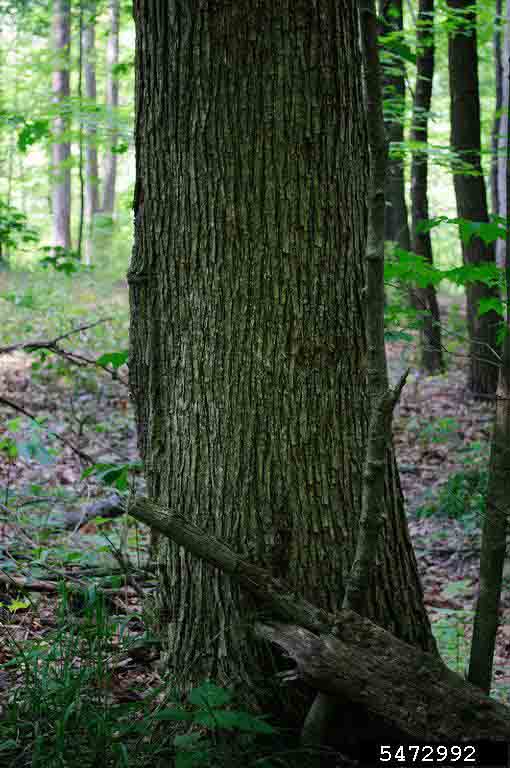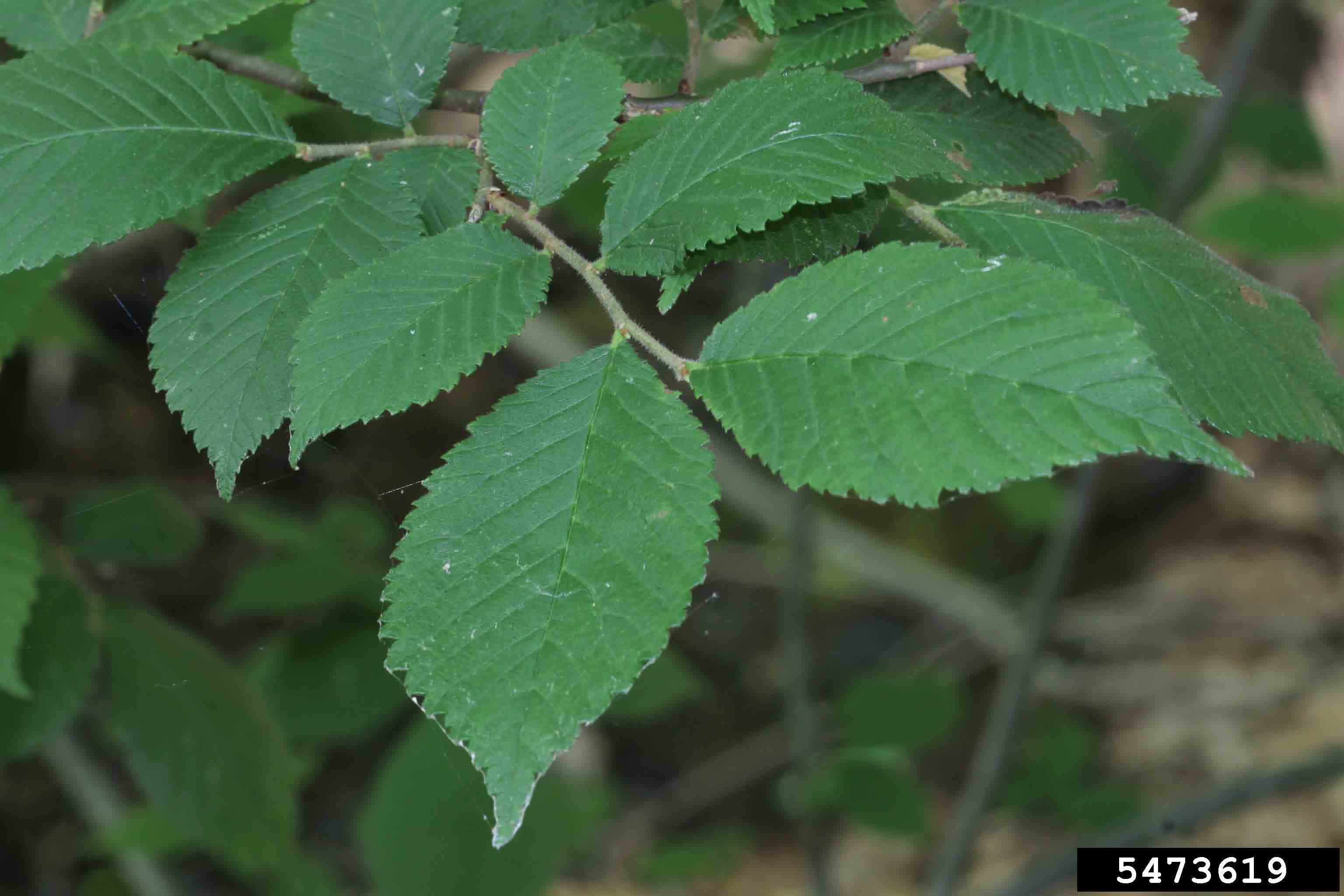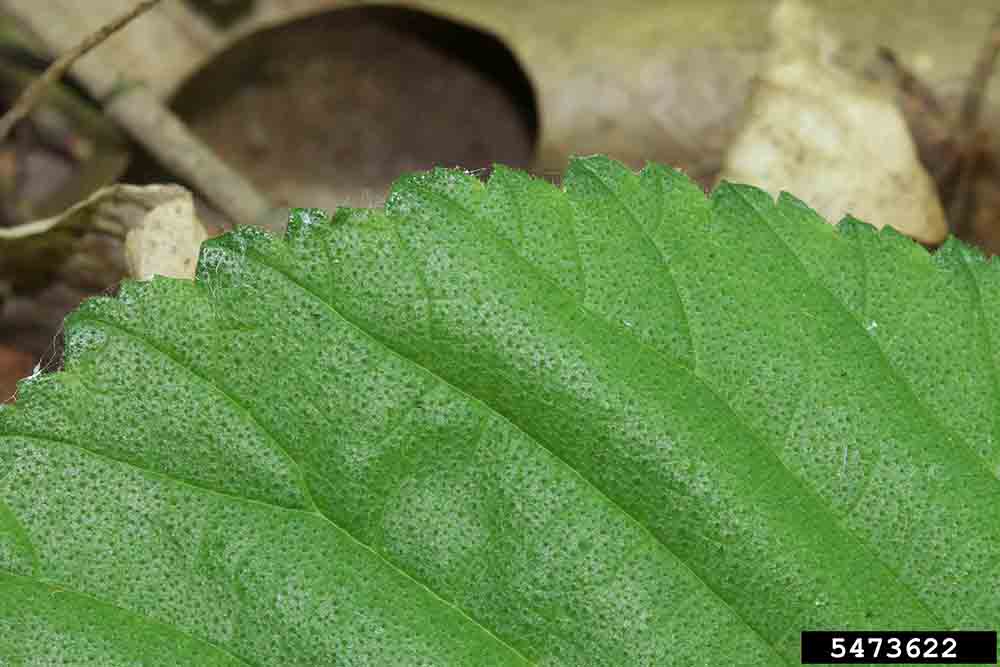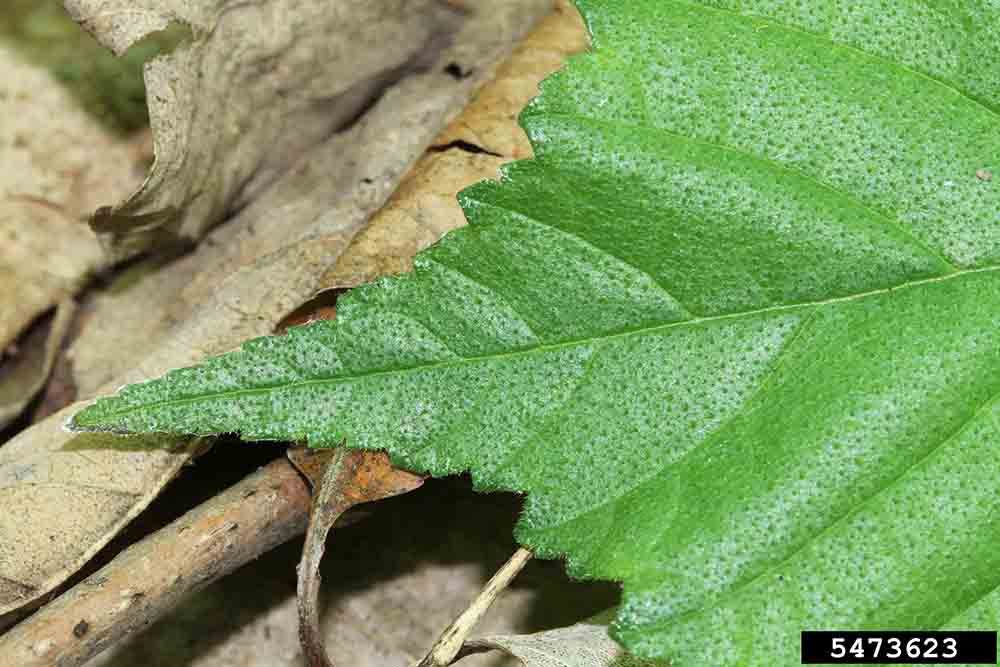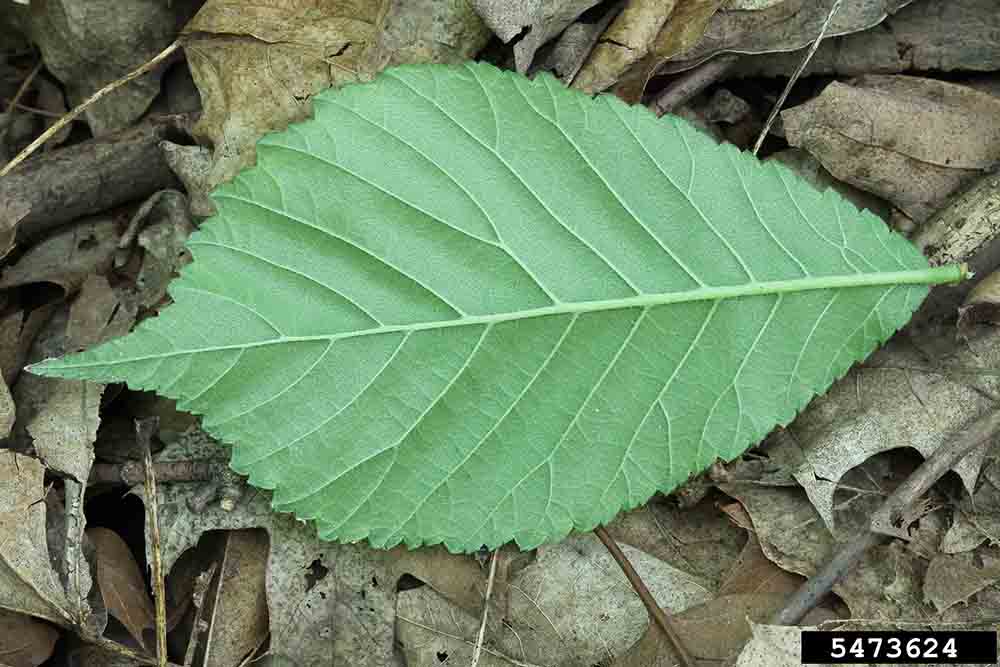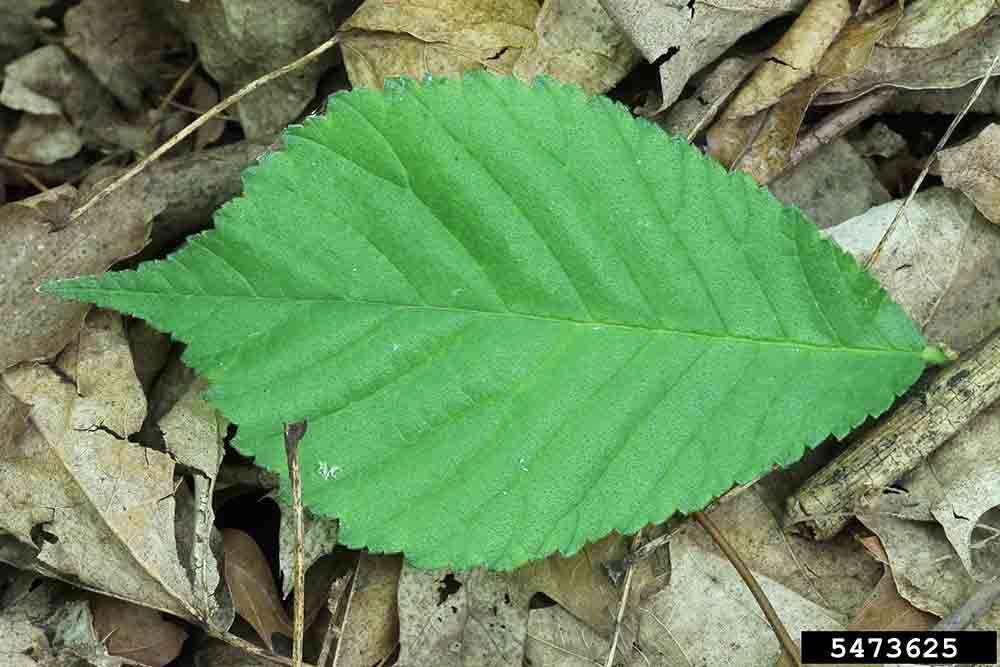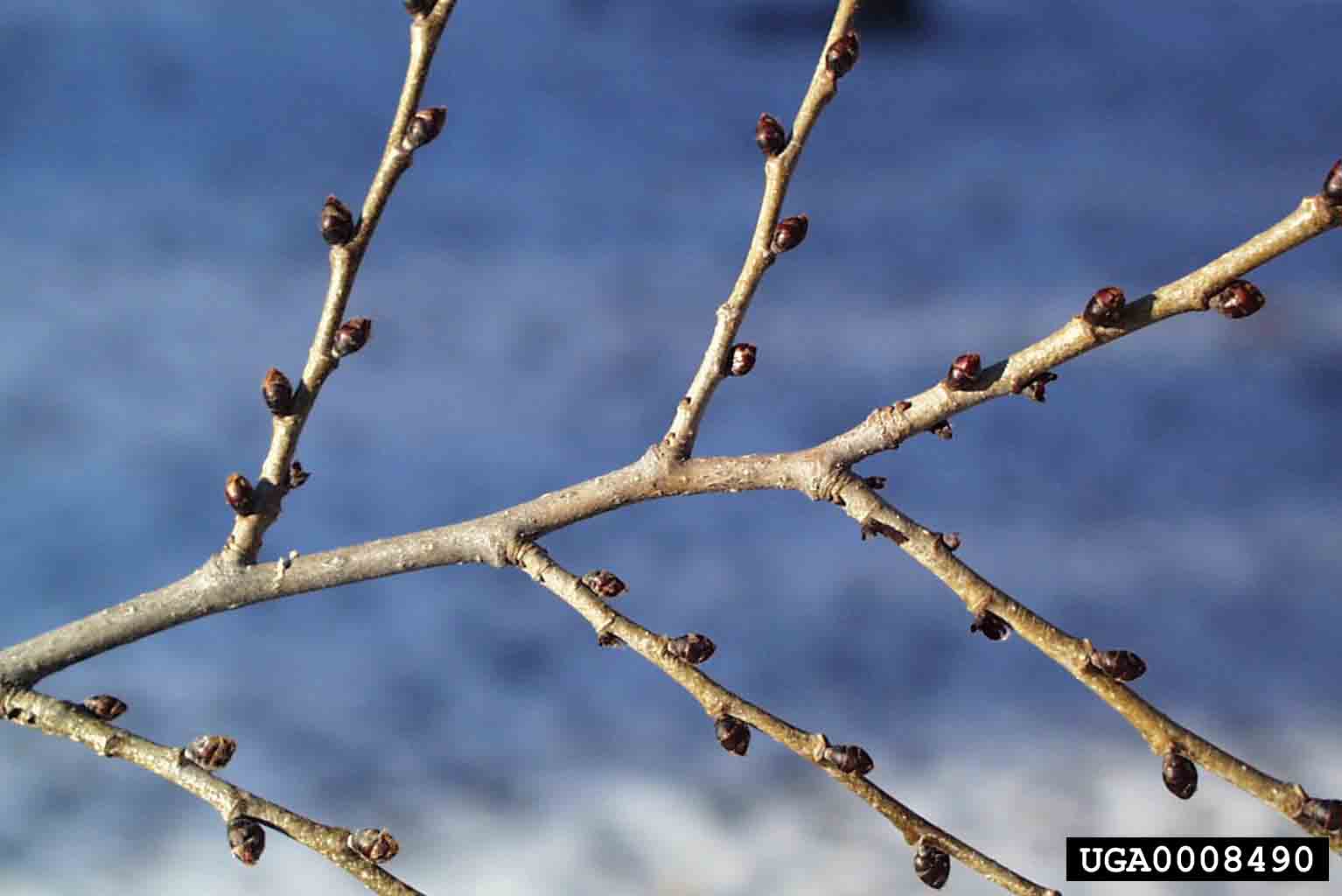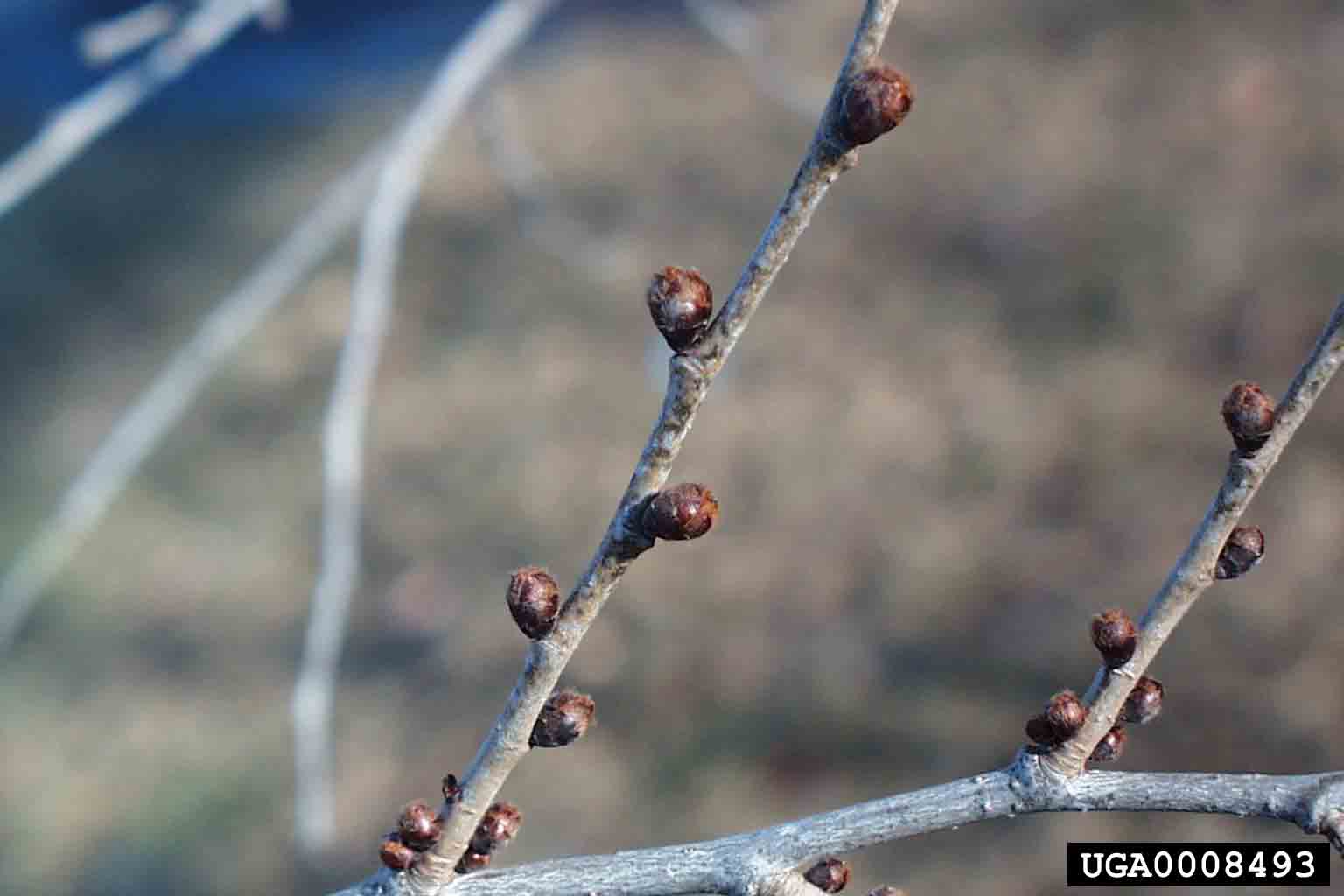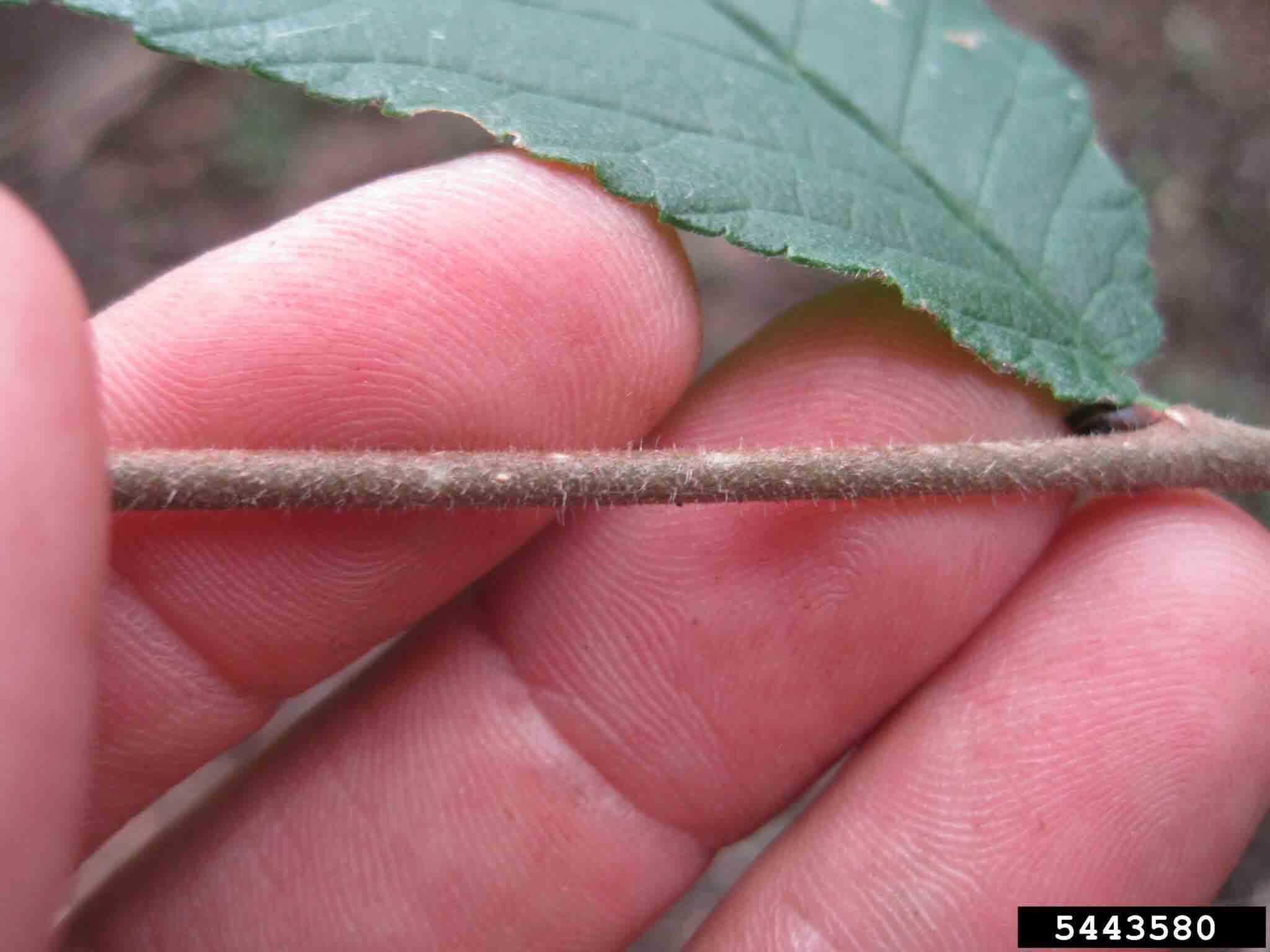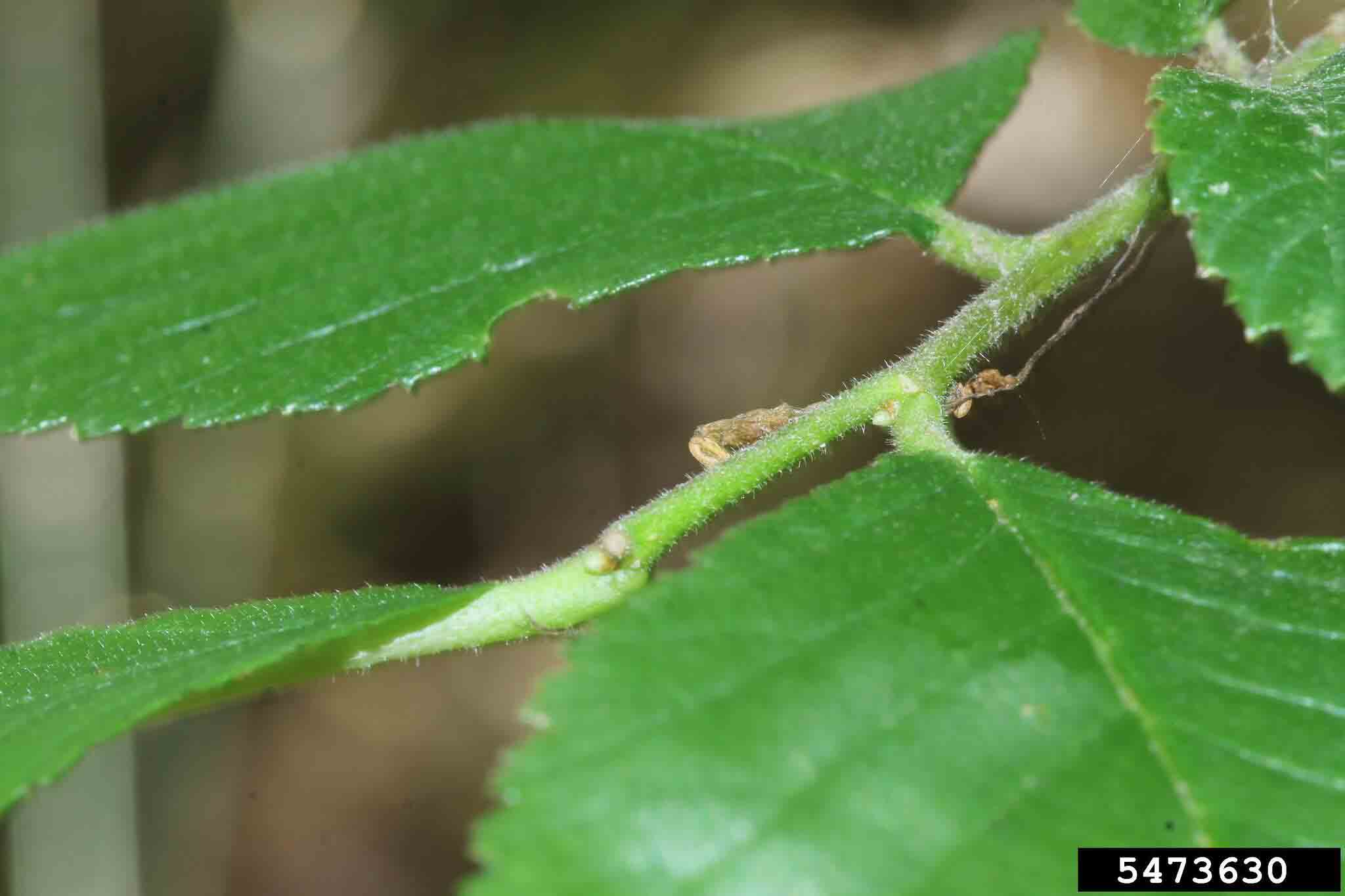Arkansas Tree Database
Slippery Elm, Red Elm
Slippery Elm, Red Elm
Scientific name:
Ulmus Rubra
Size:
up to 70'-80' tall by 40' wide
Leaves:
alternate, simple, 4"-6" long, unsymmetrical at base, double-toothed, pointed at the tip; dull dark green and sand-papery above, rough beneath
Flowers:
small cluster, inconspicuous
Fruit:
rounded, wafer-shaped, called a samara
Fall Interest:
occasionally yellow; deciduous
Culture:
sun to light shade; rich, moist soil but adaptable
Disease/Insect:
Dutch elm disease, a fungus introduced about 1930 and spread by elm bark beetles
Use:
useful as shade tree but not as attractive as American elm
Cultivars:
Notes:
bark thick, dark reddish brown, with shallow furrows and broad nearly parallel ridges, with only reddish-brown layers; inner bark aromatic, mucilaginous when moistened, and sticky, and was used by Native Americans to quench thirst by chewing and as a tea to treat fevers, inflammations, wounds, sore throat; larval host for butterflies; native to Arkansas
Resources:
Click thumbnail to enlarge images
